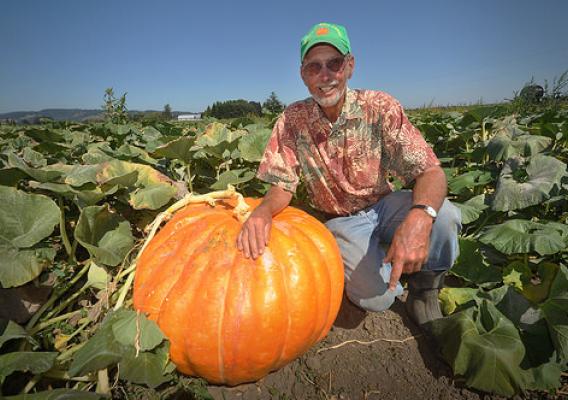The Census of Agriculture is the most complete account of U.S. farms and ranches and the people who operate them. Every Thursday USDA’s National Agricultural Statistics Service will highlight new Census data and the power of the information to shape the future of American agriculture.
Just a couple of days ago, on November 11, Washington celebrated its 125th anniversary of statehood, and farming has been one of the cornerstones of the Evergreen State since the very beginning. Using new information from the Washington Department of Agriculture, which is spotlighting farms that have been in the same family since before statehood, combined with the Census of Agriculture, we can easily see this connection.
The 1890 Census of Agriculture reported that apples were already Washington’s top fruit and the state’s dryland wheat farms were tremendously productive. Our farmers stay true to this tradition to this very day. Almost half of all apples grown in the United States come from our state. The 2012 Census of Agriculture counted nearly 175,000 acres of apple orchards in Washington.









